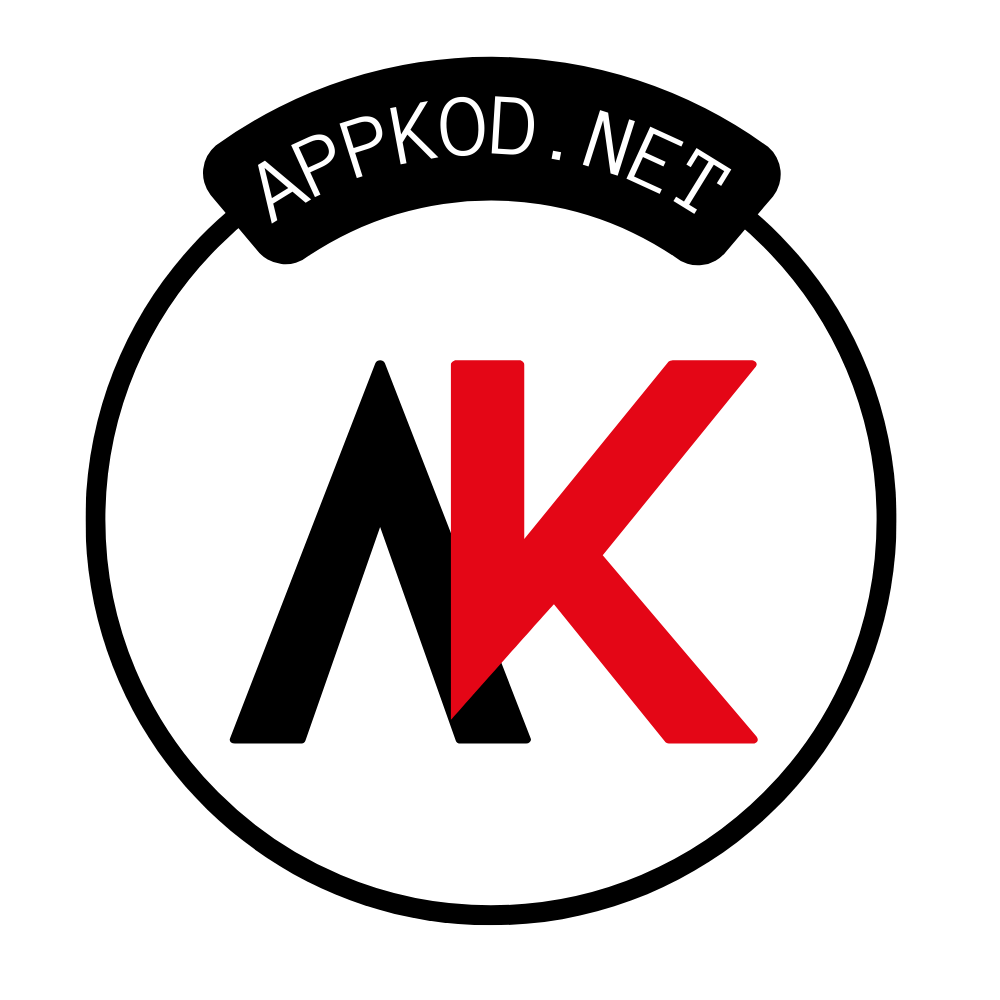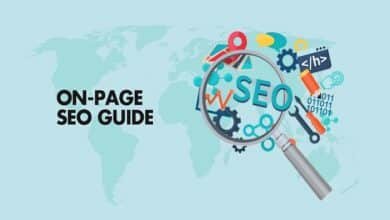The Ultimate Guide to Page Optimization: Boost Your Website’s Performance

Introduction
In the competitive digital landscape, page optimization is crucial for ensuring your website performs at its best. It not only improves user experience but also boosts search engine rankings. This guide will delve into various aspects of page optimization, providing actionable tips and insights to help you enhance your website’s performance.
Page Optimization
Page optimization involves fine-tuning various elements of a webpage to improve its speed, usability, and search engine ranking. It encompasses a range of techniques, including optimizing images, reducing server response times, and leveraging browser caching. Effective page optimization leads to faster loading times, better user engagement, and higher conversion rates.
Importance of Page Speed
Page speed is a critical factor in page optimization. A slow-loading website can frustrate users, leading to high bounce rates and lost revenue. Google also considers page speed as a ranking factor, making it essential to optimize your website for speed. Tools like Google PageSpeed Insights and GTmetrix can help you identify and fix speed-related issues.
Image Optimization Techniques
Images often account for a significant portion of a webpage’s load time. To optimize images, ensure they are in the correct format (e.g., JPEG for photos, PNG for graphics with transparency), compress them without losing quality, and use responsive images that adapt to different screen sizes. Implementing these image optimization techniques can significantly enhance your page optimization efforts.
Minifying CSS, JavaScript, and HTML
Minification is a key aspect of page optimization. It involves removing unnecessary characters from CSS, JavaScript, and HTML files, such as spaces, comments, and line breaks, to reduce file size. Minified files load faster, improving page speed and overall performance. Tools like UglifyJS for JavaScript and CSSNano for CSS can automate this process.
Leveraging Browser Caching
Browser caching is a powerful page optimization technique that allows browsers to store frequently accessed resources locally. By specifying how long browsers should cache certain files, you can reduce the need for repeated downloads, speeding up subsequent page loads. This technique not only improves user experience but also reduces server load.
Implementing Lazy Loading
Lazy loading is a page optimization strategy that delays the loading of non-critical resources, such as images and videos, until they are needed. This approach can drastically reduce initial load times, especially for content-heavy pages. Implementing lazy loading ensures that users can interact with your site more quickly, enhancing their experience.
Reducing Server Response Time
Server response time is a crucial component of page optimization. A slow server can significantly impact your page load time. To reduce server response time, choose a reliable hosting provider, optimize your database queries, and use a Content Delivery Network (CDN) to distribute content more efficiently. Regularly monitoring server performance is essential for ongoing optimization.
Mobile Optimization
With the increasing use of mobile devices, mobile optimization has become an integral part of page optimization. Ensure your website is mobile-friendly by using responsive design, optimizing for touch navigation, and reducing mobile page load times. Google’s Mobile-Friendly Test tool can help you assess and improve your mobile optimization efforts.
Utilizing Content Delivery Networks (CDNs)
A Content Delivery Network (CDN) enhances page optimization by distributing content across multiple servers worldwide. This reduces the distance between users and your server, resulting in faster load times. CDNs also offer added benefits, such as improved security and reduced server load, making them a valuable asset for any website.
Monitoring and Analyzing Performance
Continuous monitoring and analysis are essential for effective page optimization. Use tools like Google Analytics, Google Search Console, and web performance monitoring tools to track key metrics, such as page load times, bounce rates, and user engagement. Regularly reviewing these metrics allows you to identify areas for improvement and ensure your optimization efforts are effective.
Conclusion
Page optimization is an ongoing process that requires attention to detail and a proactive approach. By implementing the strategies outlined in this guide, you can enhance your website’s performance, improve user experience, and achieve higher search engine rankings. Remember, the goal of page optimization is to create a seamless, fast, and engaging experience for your users.
FAQs
1. What is page optimization?
Page optimization refers to the process of improving various elements of a webpage to enhance its speed, usability, and search engine ranking. It includes techniques such as image optimization, minification of CSS and JavaScript, and leveraging browser caching.
2. Why is page speed important for page optimization?
Page speed is crucial for page optimization because it affects user experience, bounce rates, and search engine rankings. Faster page loads lead to better user engagement and higher conversion rates.
3. How can I optimize images for better page performance?
To optimize images, use the correct format (JPEG, PNG), compress images without losing quality, and implement responsive images that adapt to different screen sizes. These techniques can significantly improve page load times.
4. What tools can help with page optimization?
Tools like Google PageSpeed Insights, GTmetrix, UglifyJS, CSSNano, and Google Analytics can help identify and fix issues related to page speed, file size, and overall performance, aiding in effective page optimization.
5. How does a Content Delivery Network (CDN) contribute to page optimization?
A CDN enhances page optimization by distributing content across multiple servers worldwide, reducing the distance between users and your server, resulting in faster load times and improved performance.





